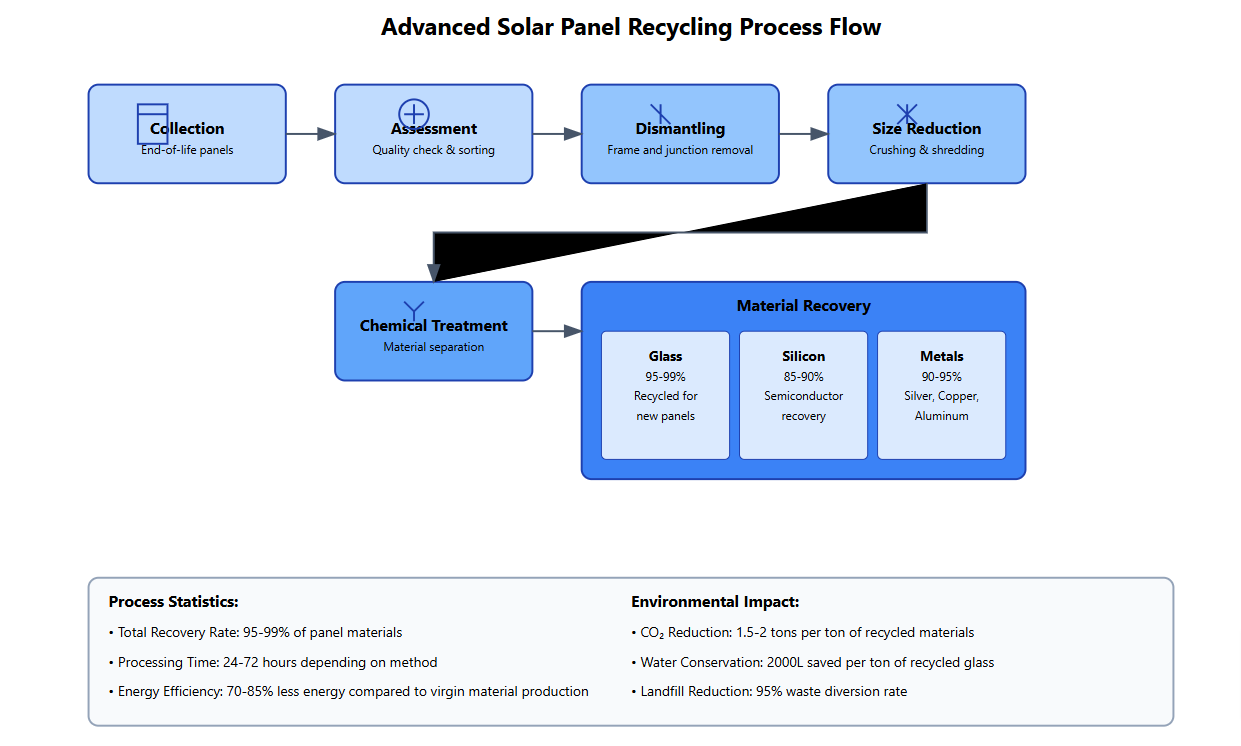Toxic relationships are unhealthy connections where one person consistently hurts or mistreats the other. It occurs when someone behaves meanly, refuses to listen, or tries to control the other person. This can happen among friends, family members, or romantic partners.
It goes beyond occasional arguments, which are normal. A toxic relationship is more serious when one person continuously makes the other feel bad, scared, or confused about what’s real. In these situations, one person may dictate what the other does or say hurtful things to undermine their self-esteem.
Sometimes, they might act nice after being mean, causing confusion. It’s like an emotional rollercoaster where calm moments are interrupted by frightening ones. This article will explore the complexities of toxic relationships and how to recognize and understand them better. We’ll examine what makes these relationships damaging and why grasping their intricacies is crucial for breaking free.
Understanding the Science Behind Plant-Based Meat Alternatives
While exploring plant-based meat alternatives and their health impact, it’s vital to examine how our bodies interact with these products. Some studies found that a diet rich in plant-based protein can aid weight loss. Plant sources tend to be lower in calories but higher in fiber compared to animal-derived sources.
Additionally, certain plant-based meat alternative components might promote healthy digestion and gut bacteria. Research also discovered links between increased red meat consumption and various adverse health outcomes.
Conversely, substituting some red meat with plant-based protein was associated with lower risks for conditions like heart disease and type 2 diabetes. However, potential drawbacks relate to the production process itself. For instance, while many alternatives use sustainable sources like pea proteins or soybeans, others might rely on environmentally harmful crops or processing methods.
This highlights considering not only the composition but also the environmental impact when evaluating these products. As we explore this topic further and discuss implications for overall well-being, it’s essential to consider all aspects – from nutrition to sustainability.
Role of Fatty Acids & Fiber in Plant-Based Meat Nutrition
Now, let’s examine how these components provide essential vitamins, minerals, antioxidants, and other beneficial compounds contributing to overall health benefits. The type and ratio of fatty acids present significantly impact the nutritional value. For instance,
1. Omega-3-rich sources like flaxseeds or chia seeds might enrich plant-based meat alternatives with omega-3s.
2. High-fiber plants could help maintain healthy blood sugar levels, support digestive health, and enhance satiety. By understanding the interplay between fatty acids and fiber within plant sources, consumers can make informed dietary choices.
Trusting Label Claims of Plant-Based Meat Nutrient Content.
After examining complex processes and chemical reactions involved in plant-based meat alternatives, it’s crucial to scrutinize nutrient content label claims. Manufacturers often tout high levels of protein, fiber, and essential vitamins.
However, upon closer inspection, these claims might be more exaggerated than initially thought. It’s essential to note that while labels appear appealing at first glance, drilling down into the actual nutritional content behind each listed ingredient is vital.
A critical examination reveals instances where certain ingredients might be overstated or understated altogether. As we delve deeper into examining these labels, let’s transition from here…
The Impact of Plant-Based Meat Alternatives on Sustainability
After decades of neglecting plant-based alternatives’ importance, many consumers finally recognize their significant role in reducing ecological footprints. A major contributor is the growing demand for meat-free options at grocery stores and restaurants.
By exploring alternative protein sources like tofu, tempeh, or seitan instead of traditional animal products like beef or pork, individuals can significantly decrease their carbon emissions.
Livestock farming’s greenhouse effect can be reduced in a few ways: first by reducing land needed for cattle grazing; secondly, through more efficient resource use like water and energy. The benefits from plant-based meat alternatives only yield partial results in isolation, but adopting a holistic approach is crucial.
Factors like food waste management, production processes, transportation distances, or supply chain optimization interact synergistically with environmental sustainability benefits from plant-based meal options.
The Water Conservation Benefits of Plant-Based Meat Options
Considering the production methods and environmental impacts of plant-based meat alternatives, they have significant water conservation benefits. Compared to traditional animal agriculture, plant-based meat substitutes conserve more water overall.
Animals raised for meat typically consume substantial water amounts daily – whether drinking or being sprayed with misty air conditioners in dry climates. In contrast, plants like soybeans and pea crops grown to make these alternatives require significantly less water per unit produced.
This difference becomes even more pronounced when factoring in that many plant-based meat substitutes use recycled water supplies – such as rainwater harvesting systems or grey-water reuse within industrial facilities.
Additionally, some plant-based options generate their own renewable energy from bio-oils obtained during fermentation processes; this can further reduce the overall carbon footprint. Overall, the water conservation benefits through more efficient production methods in meat alternatives derived solely from plants are undeniable.
As we realize plant-based options’ vast potential, a new wave of sustainable solutions promoting environmental harmony is on the horizon and will continue transforming our world.
Comparing the Land-Use Efficiency of Different Protein Sources
Have you explored how different protein sources impact land-use efficiency and sustainability? As we delve into plant-based meat alternatives, it becomes clear that certain sources exhibit distinct properties and characteristics affecting their ecological footprint.
While some options appear to rely heavily on agricultural resources, others display flexibility when adapting to diverse environmental conditions. Moreover, specific crop preferences seem to influence regional land-use distributions.
In this landscape where various everyday issues intersect with sustainability goals’ pursuit, we find ourselves pondering: what factors truly drive the ecological impact of our protein sources? Let’s explore how different types of agriculture contribute to a more sustainable future.
Exploring New Frontiers in Plant-Based Meat Alternatives
Remember that success lies in seamless integration and adapting to emerging consumer demands? Plant-based meat alternatives often incorporate novel protein sources, such as fungi or algae. These unconventional proteins offer a broader range of flavor profiles and textures for consumers seeking variety.
The primary driver behind this trend is reducing environmental impact by promoting more resource-efficient production methods. By leveraging these alternative protein sources, we can contribute to greater sustainability through reduced water consumption, lower land use requirements, and potentially enhanced nutritional profiles compared to traditional soy options.
Unlike traditional plant-based meat substitutes relying on conventional soy sources like tofu or seitan from the U.S. agricultural production system, novel protein-based alternatives stand apart for their game-changing potential in redefining industry norms. These alternative proteins create new standards within which innovative production methods can thrive.
Integrating these unconventional protein sources into meat alternatives could profoundly impact the entire plant-based food ecosystem. As consumers increasingly demand more sustainable and environmentally conscious options, the industry may need to adapt by adopting novel proteins as a means of disrupting existing barriers and capitalizing on emerging opportunities. Now that we have explored these innovative protein sources…
Pioneering New Flavors in Plant-Based Meat Alternatives
Through innovative culinary approaches, I venture forth to explore novel flavors in plant-based meat alternatives. Here are some pioneering approaches… Bold spices that awaken the senses; unexpected flavor combinations from sweet dates and succulent herbs; crunchy textures that offer addictive snacking experiences; and harmonizing balance of sweet and salty notes – we can craft unforgettable taste profiles.
By fusing new ingredients from exotic fruits and herbs, I embark on a journey to create unique taste experiences. Pioneering approaches help shape novel flavors in plant-based meat alternatives.
Addressing Texture and Bite Challenges in Next-Gen Meat Alternatives
Yes… When it comes to exploring new frontiers in plant-based meat alternatives, getting consumers to buy into this whole “plant-based” lifestyle is really important. And I think the biggest challenge facing companies right now is figuring this out.
To achieve this, innovative food manufacturers might need to rethink their approach to ingredient selection, processing techniques, and final product formulation. They might draw inspiration from natural sources like plants with high water content or even certain types of fungi. Some potential challenges could include texture, bite-sized portions, and presentation appealing to flexitarian diets.
And it seems like the best way to overcome this hurdle would be by finding ways to balance texture and bite-sized portions in plant-based meat alternatives, possibly through leveraging naturally occurring emulsifiers or creating mold-injected shapes. The visual appeal of these products will also play a crucial role in their overall acceptability.
The Future of Food Technology in Plant-Based Meat Alternatives
Consumers are driving demand for healthier and more sustainable food options, leading to significant advancements in plant-based meat alternatives. These products have focused on improving taste, texture, and nutritional profile.
Protein-rich ingredients like soybean meal or peanut protein can enhance nutrition and flavor when incorporated into plant-based ground “beef” alternatives. Another key advancement is reducing the water usage required to produce these alternative proteins. For instance, companies have developed proprietary methods using microorganisms to break down agricultural waste and convert it into a more sustainable source of protein-rich biomass.
How Technology is Enhancing Texture and Flavor
Many plant-based meat alternatives harness advanced technologies to perfect texture and flavor, making them surprisingly convincing meat substitutes. By fine-tuning protein structures, these innovators can precisely control bite, chewy feel, and overall palatability of each final product.
These cutting-edge techniques often rely on innovative biotechnology methods that enable accurate design and engineering at multiple scales. This precision enables the creation of complex textures by masterfully controlling molecular interactions. Plant-based meat alternatives can now rival traditional meat in taste, texture, and visual appeal.
Their enhanced profiles challenge consumer perceptions about what constitutes a “meat-like” experience. As consumers continue demanding more convincing plant-based options, manufacturers will strive to optimize products’ textures, flavors, and appearances.
This ongoing competition will drive product development innovation, ultimately leading to a more diverse and enticing array of meat alternatives.
Fermentation’s Role in Future of Plant-Based Meat.
Fermentation allows manufacturers to craft a unique flavor profile reminiscent of animal-based meats, making plant-based alternatives more relatable and appealing. The fermentation process enables precision-engineering the taste, resulting in a convincing and satisfying product.
By leveraging this ability, producers can create products with distinct flavor profiles catering specifically to consumer preferences. This attention to detail enables designing offerings that not only mimic animal-based meats but also surpass expectations.
This nuanced understanding of fermentation’s role sets the stage for innovation and experimentation. As manufacturers continue refining techniques, we can expect exciting developments revolutionizing this space.
Adapting to Different Dietary Needs with Plant-Based Meat Alternatives
Before exploring ways to adapt to different dietary needs, it’s essential to understand that modern diets are incredibly diverse in restrictions. People following various diet types have unique requirements or preferences, and acknowledging these differences is crucial for addressing limitations associated with distinct modern diets.
Not everyone will consume the same plant-based meat alternative foods when accommodating these dietary needs. It’s necessary to comprehend that different cultures, ethnicities, socioeconomic classes, age groups, lifestyles, and beliefs may necessitate individualized approaches toward dietary requirements or preferences.
Catering Plant-Based Meat Alternatives for Special Dietary Needs
Adapting to different dietary needs has never been more achievable than today with the rise of plant-based meat alternatives. Understanding special dietary needs requires considering factors such as gluten-free requirements, nut-free concerns, or soy-based restrictions.
By recognizing these limitations and using corresponding ingredients, you can ensure everyone enjoys a delicious meal. For instance, incorporate ancient grains like quinoa for gluten-free diets or use plant-based protein sources like tofu for specific nutrition needs. Other suggestions include:
1. Swapping dairy products with almond milk and vegan yogurt alternatives for lactose-intolerant guests and creamy textures.
2. Substituting meat options with marinated vegetables or portobello mushrooms for those with specific restrictions.
3. Using herbs and spices as alternatives to soy sauce for gluten-free requirements.
Exploring Texture and Flavor Profiles for Diverse Tastes
Many people struggle to find meals catering to their dietary needs, so understanding plant-based meat alternatives’ diverse textures and flavor profiles is essential. These innovative options help individuals with unique tastes discover new ways of enjoying meals.
When exploring creative choices, one might mix textures by combining tender chunks with crispy strips or crunchy bites. Furthermore, rehydrating grains can elevate dishes. Not only do these ingredients offer a wealth of flavors, but they also provide endless opportunities for culinary experimentation and exploration.
The Rise of Sustainable Food Options with Plant-Based Meat Alternatives
The plant-based revolution has finally reached the mainstream, driven by consumers prioritizing sustainability and health benefits. We’re witnessing a seismic shift in consumer behavior as environmental consciousness increases and people become more aware of the substantial impact their food choices have on the planet. Concerns over greenhouse gas emissions, deforestation, water scarcity, and other environmental issues have brought the drawbacks of industrial animal agriculture into sharp focus.
As a result, consumers are actively seeking out plant-based meat alternatives that reduce their carbon footprint and strain on natural resources. They’ll continue opting for these sustainable options that not only taste great but also align with their personal values of environmental stewardship and ethical consumption.
However, for this plant-based movement to truly take hold, it will require continuous innovation from food manufacturers. Successful companies will be those that can adapt quickly enough to meet evolving consumer demands for greater variety, authentic flavors and textures, customized nutritional profiles, and full transparency around sourcing and production methods.
By embracing cutting-edge technologies like precision fermentation, biomass valorization, and industrial automation, forward-thinking brands have an opportunity to revolutionize this space. Those that stay ahead of the curve will secure a competitive advantage in an increasingly crowded marketplace.
Ultimately, the future belongs to the trailblazers – those willing to push boundaries, challenge conventions, and diligently meet escalating consumer expectations for sustainable, ethical, and health-conscious food options. The plant-based revolution is here, and it’s just getting started.










